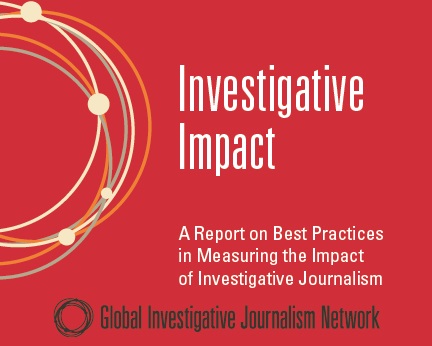

Measuring Impact: Best Practices in Gauging the Impact of Investigative Journalism
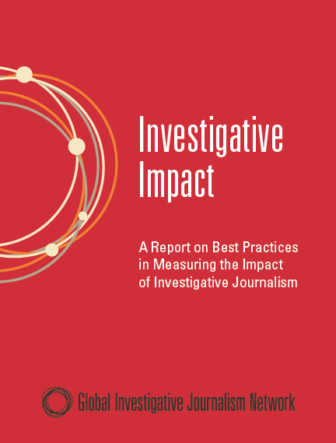 Editor’s Note: We’re pleased to release GIJN’s new report, “Investigative Impact: A Report on Best Practices in Measuring the Impact of Investigative Reporting today in Johannesburg. The report grew out of a 2104 grant to GIJN by what was then Google Ideas (now Jigsaw) to better document the social impact of investigative journalism. Out of that project came the Investigative Impact website, featuring case studies of extraordinary work by journalists in a dozen countries, interviews with prominent investigative reporters, and The Impact of Investigative Journalism, a widely seen video featuring Nobel Prize-winning economist Joseph Stiglitz and others. We’re now glad to add this 33-page report, which surveys the field and makes recommendations about what will be most practical and effective for investigative newsrooms.
Editor’s Note: We’re pleased to release GIJN’s new report, “Investigative Impact: A Report on Best Practices in Measuring the Impact of Investigative Reporting today in Johannesburg. The report grew out of a 2104 grant to GIJN by what was then Google Ideas (now Jigsaw) to better document the social impact of investigative journalism. Out of that project came the Investigative Impact website, featuring case studies of extraordinary work by journalists in a dozen countries, interviews with prominent investigative reporters, and The Impact of Investigative Journalism, a widely seen video featuring Nobel Prize-winning economist Joseph Stiglitz and others. We’re now glad to add this 33-page report, which surveys the field and makes recommendations about what will be most practical and effective for investigative newsrooms.
One would think there would be no debate about the importance of investigative journalism. But the collapse of the financial basis for journalism over the past 15 years has wrought many victims, and one of the biggest has been the investigative field.
“The digital revolution is not just disrupting, but is actually destroying, the business models that produced nearly all of the quality journalism in the quarter century after Watergate,” observed Richard Tofel, president of investigative non-profit ProPublica, in a 2015 profile in Harvard Law Today. This problem, he added, is particularly acute for investigative reporting.
As news organizations struggle with their own business models, and, at the same time, vie with each other to be seen as relevant in this era of instant news and internet access, the work of investigative journalism has increasingly come to be seen as time-consuming, costly and inefficient. More and more, news organizations feel compelled to put their resources into fast and furious news coverage where it is felt they get more “bang for the buck.”
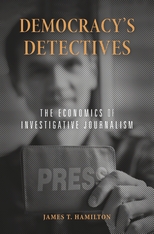 Yet if bang is the consummate measure of journalistic excellence, it is hard to surpass the importance of investigative journalism. As one Stanford University professor has now shown, if you consider the cost of producing big stories to the dollar value of the social outcomes produced, the value of such journalism is extraordinary. “Each dollar spent on a story can generate hundreds of dollars in benefits,” writes economist James T. Hamilton in his 2016 book, Democracy’s Detectives.
Yet if bang is the consummate measure of journalistic excellence, it is hard to surpass the importance of investigative journalism. As one Stanford University professor has now shown, if you consider the cost of producing big stories to the dollar value of the social outcomes produced, the value of such journalism is extraordinary. “Each dollar spent on a story can generate hundreds of dollars in benefits,” writes economist James T. Hamilton in his 2016 book, Democracy’s Detectives.
This high social value was noted in September 2016 by Preet Bharara, then the US government’s top prosecutor in Manhattan. Bharara, who was US Attorney for the Southern District of New York, credited investigative reporting with helping launch his own prosecutions of bid-rigging and corruption in New York. “A lot of the greatest work that prosecutors and watchdogs do comes from the work that journalists do,” he told the audience at a media company event. “I would encourage anyone who’s able to fund investigative journalism to spend money on it because it’s money well-spent and it’s good for the public.”
“Investigative journalism is absolutely essential,” agrees Joseph Stiglitz, who won the Nobel Prize in Economics in 2001 for his analyses of markets with asymmetric information. “It’s really part of the enforcement mechanism. It provides checks against the abuses. The very fact that there are investigative reporters out there…acts as a deterrent. Its very presence is an important part of successful development… It’s a key part of making our democracy work.”
Investigative journalism enlightens. It shines a flashlight into the darkest corners of human, corporate and government behavior. It reveals the secrets that malefactors would like to keep hidden. And it prompts corrective action – from people, agencies, and institutions which can right the wrongs it exposes.
The problem is, while many acknowledge the field’s importance, it can be difficult to find ways to prove that. The issue is increasingly important to newsrooms striving to demonstrate their value as their budgets shrink, and to the nonprofits who have stepped up to sponsor public-interest investigations as traditional media have stepped away. And it’s important to the donors who fund the nonprofits and want to know the impact of the work they sponsor.
Fortunately, in recent years individuals and organizations have begun organizing their thinking on this issue, exploring the qualitative assessments of journalistic impact and even offering ideas toward quantifying the data.
To that end, this report attempts to gather these initiatives into one discussion and examine what is most practical and effective for both practitioners and supporters of investigative journalism. We found a wide variety of views on how to measure such impact journalism quantitatively, and that the metrics available aren’t as straightforward as measuring audience or tracking website traffic. And while there is a broad academic literature on media development, press freedom and corruption, the study of how to precisely measure the impact of investigative journalism remains in its infancy. There is much to be done here, and this and kindred projects are but steps in that direction.
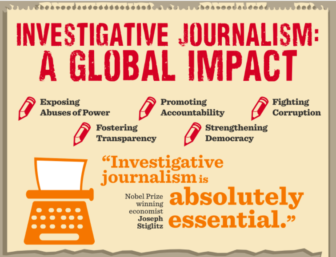 Nonetheless, much progress has been made in a few short years. Our findings lead us to the conclusion that the impact of investigative journalism can in fact be gauged, and that its influence is far out of proportion to its cost.
Nonetheless, much progress has been made in a few short years. Our findings lead us to the conclusion that the impact of investigative journalism can in fact be gauged, and that its influence is far out of proportion to its cost.
Indeed, the impact is often quite extraordinary: exposing abuses of power, curbing corruption, fostering transparency, promoting accountability and strengthening democracy, to name but a few of its more obvious contributions – particularly in emerging democracies and developing economies. Given the field’s critical role, we hope that this report makes a modest contribution to further support of an embattled profession.
Work on this report was supported by Google Ideas (now Jigsaw) and GIJN general funds from the Adessium, Ford, Oak and Open Society foundations. We are indeed grateful for their support.
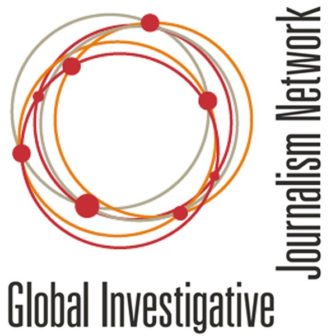 Contributors to this report include veteran reporter and editor Peter Cary, GIJN deputy director Gabriela Manuli, executive director David E. Kaplan, and various other members, past and present, of the GIJN staff. We are indebted to everyone who contributed their time and resources to this effort.
Contributors to this report include veteran reporter and editor Peter Cary, GIJN deputy director Gabriela Manuli, executive director David E. Kaplan, and various other members, past and present, of the GIJN staff. We are indebted to everyone who contributed their time and resources to this effort.








